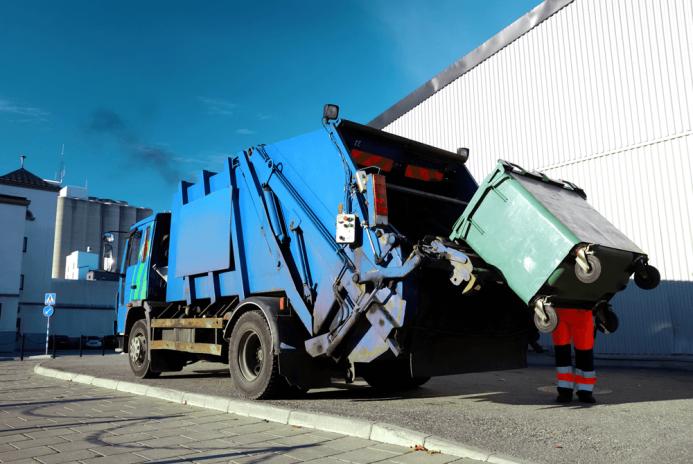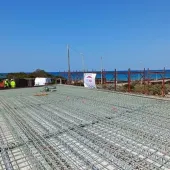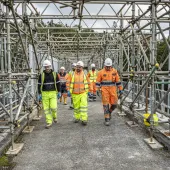Reducing carbon emissions in concrete operations
The concrete industry continues to face a significant waste crisis. Despite ongoing efforts to improve recycling practices, much of the concrete waste still ends up in landfill. This contributes to high carbon emissions from waste disposal processes, impacting the environment.
However, there are steps concrete firms can take to reduce material waste and, in turn, lower carbon emissions. Here, Daniel Redfern, Director at Envirovue, shares his insights on how strategic operations management can drive sustainable change in the sector.
Transition to Low-Emission and Renewable Energy
As pressure mounts to reduce carbon emissions, many concrete businesses are exploring ways to cut down their carbon footprint. One of the most effective approaches is transitioning to low-emission and renewable energy sources.
Operational managers and business owners can reduce emissions from their facilities, warehouses, and offices by connecting to green energy. The options available today are more diverse than ever. For instance, installing solar panels can make a significant impact. A rooftop array of solar panels can cut down about 4 tonnes of carbon emissions annually—the equivalent of planting around 100 trees.
Solar panels generate electricity without releasing greenhouse gases, helping to reduce the reliance on coal, oil, and natural gas, which emit harmful carbon dioxide when burned.
Proactive Maintenance for Sustainability
Sustainable operations aren't just about new technology; they also involve looking after existing equipment. Regular maintenance is crucial for reducing emissions over time.
Daniel highlights the importance of proactive upkeep: “A well-maintained piece of equipment will outlive an unmaintained sister model by several years. Regular maintenance helps prevent breakdowns, reduces wear and tear, and ensures optimal performance over time.”
This proactive approach not only saves money in the long run by avoiding costly repairs but also contributes to reduced emissions by ensuring the equipment operates efficiently for longer.
Data-Driven Optimisation
Data has the potential to transform the way concrete businesses operate. By harnessing data through processes like waste management, firms can identify inefficiencies and make informed decisions that contribute to sustainability.
Daniel explains, “By using data in the context of waste management, we’re able to identify inefficiencies, discover the cause of surplus waste, and offer insights to help organisations transition towards more sustainable, circular economy waste practices.”
Advanced technology and real-time data analytics can help identify waste-related problems, enabling managers to reduce overall emissions and optimise operations.
Moving Forward
The concrete industry faces complex challenges as it works to reduce carbon emissions. However, with the right strategies, from switching to renewable energy to leveraging data for better decision-making, companies can significantly reduce their environmental impact. By integrating these practices, the sector can pave the way towards a more sustainable future.
For more information about Envirovue and how they can assist with sustainable waste management, visit www.envirovue.io.








